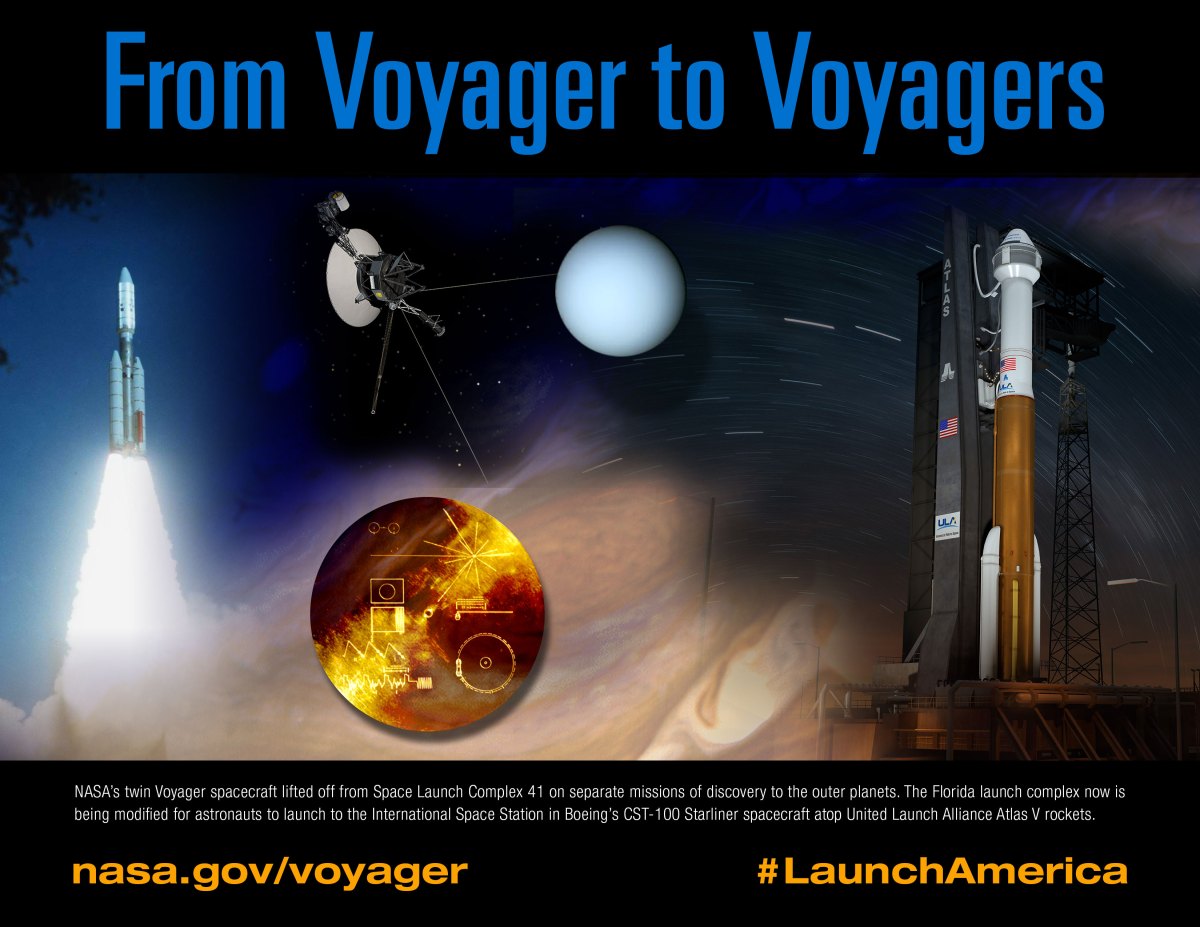 NASA’s Commercial Crew Program is set to return human spaceflight launches to the International Space Station from U.S. soil. NASA shares accountability with our commercial providers, Boeing and SpaceX, to implement a robust process for the development of safe, reliable and cost effective commercial crew transportation systems. NASA’s critical obligation is to ensure crew safety and success for NASA missions, and the providers are each responsible for safe operations of commercial crew transportation systems.
NASA’s Commercial Crew Program is set to return human spaceflight launches to the International Space Station from U.S. soil. NASA shares accountability with our commercial providers, Boeing and SpaceX, to implement a robust process for the development of safe, reliable and cost effective commercial crew transportation systems. NASA’s critical obligation is to ensure crew safety and success for NASA missions, and the providers are each responsible for safe operations of commercial crew transportation systems.
“Collectively, we say our job is to make sure that when the crew enters the spacecraft prelaunch, that they go home to their family,” said Billy Stover, commercial crew’s Safety and Mission Assurance officer. “When we say it like that, it starts to become very crystal clear, at least to our team. When we talk safety, it’s about what can hurt the crew and how can we prevent it. That makes it very tangible, very realistic and something you can actually grasp.”
Learn more about the dedicated safety professionals at NASA’s Commercial Crew Program at http://go.nasa.gov/1U7Te7H

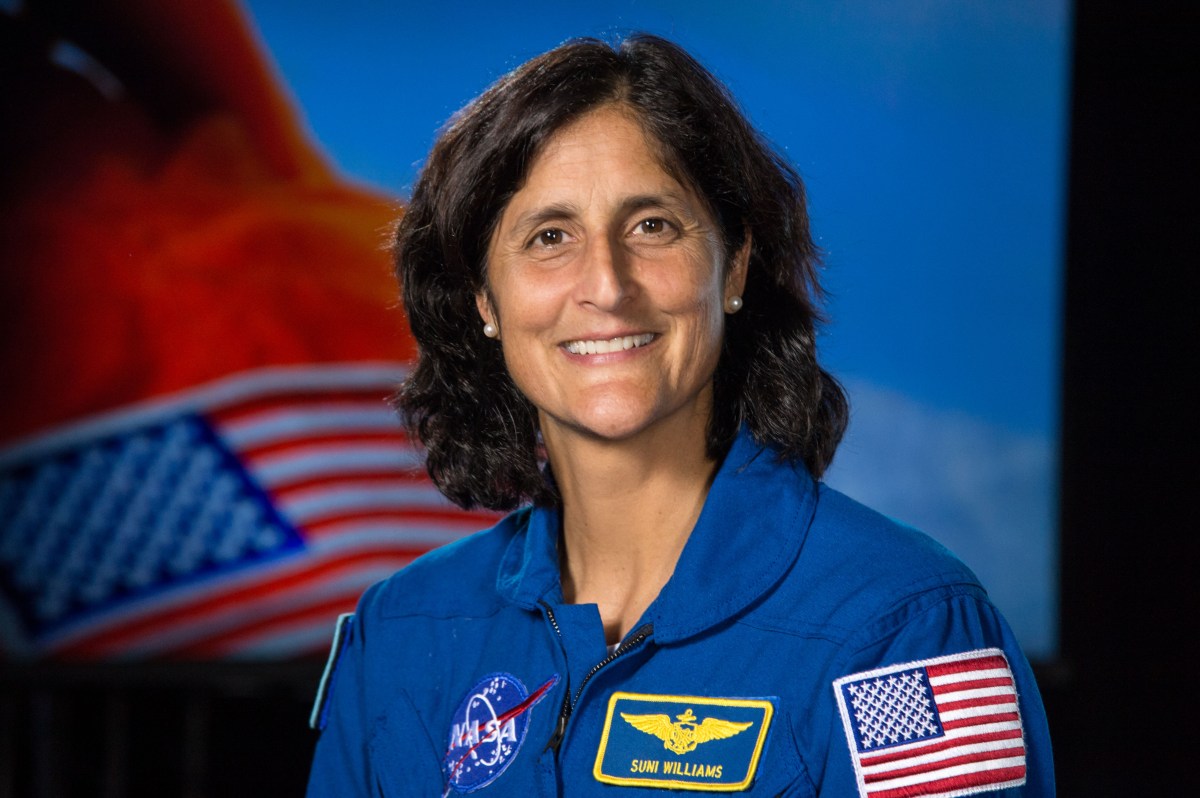

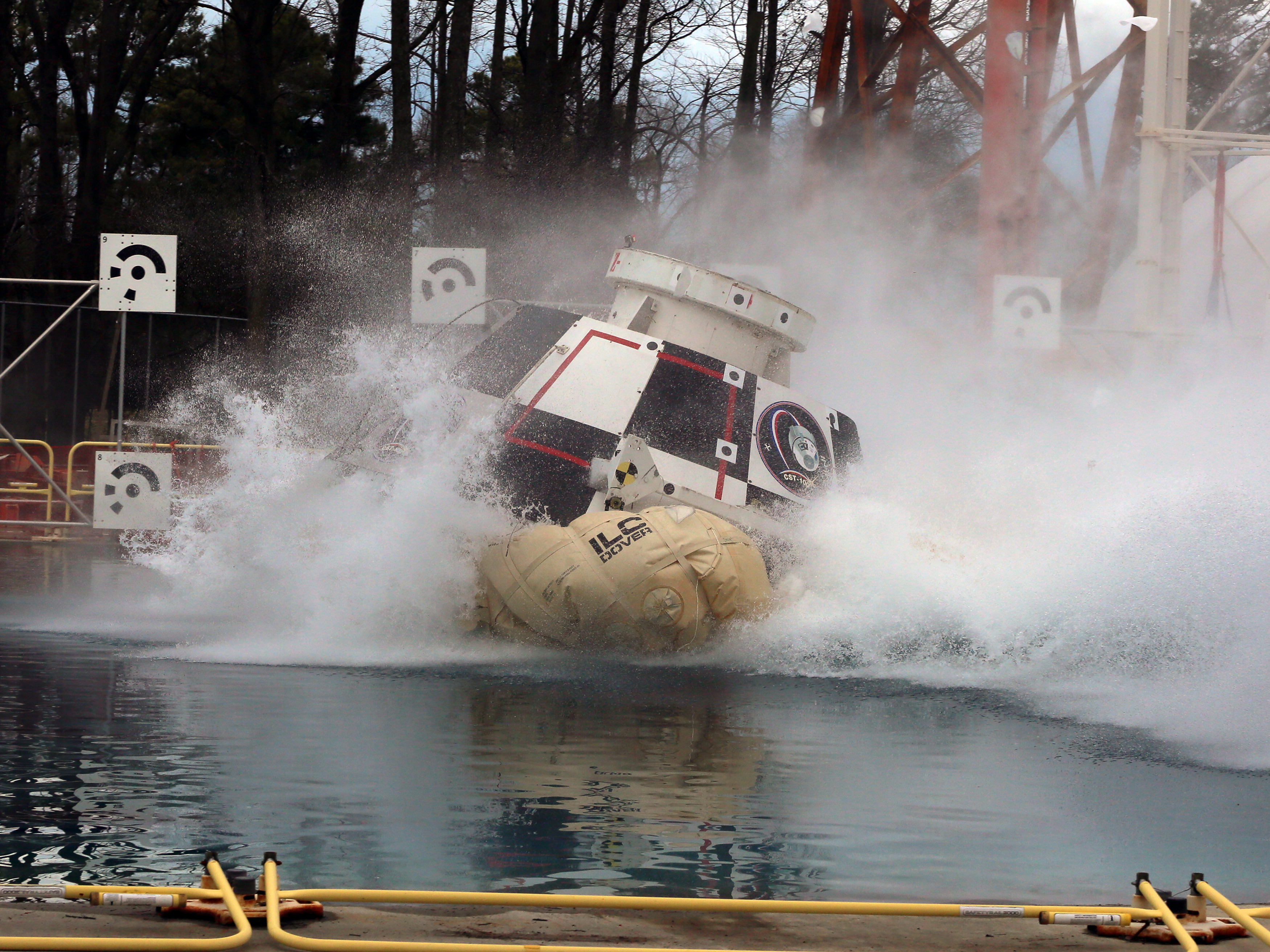
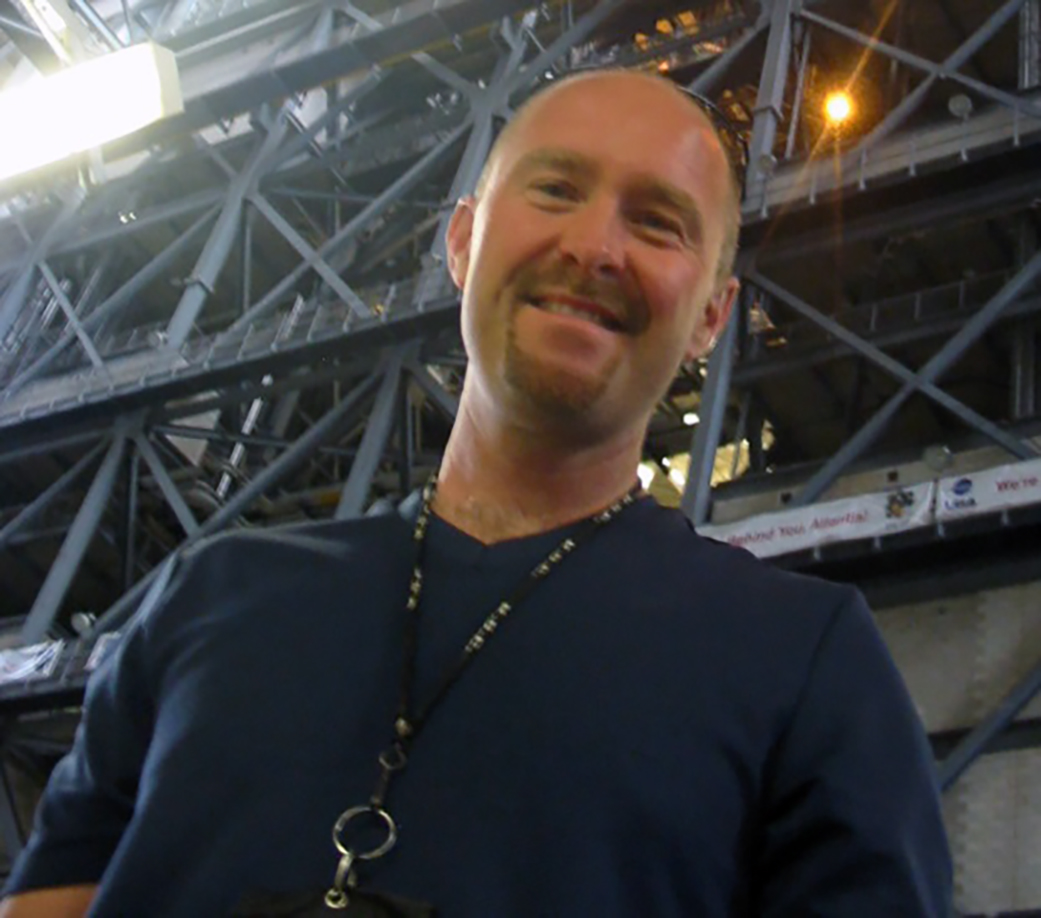

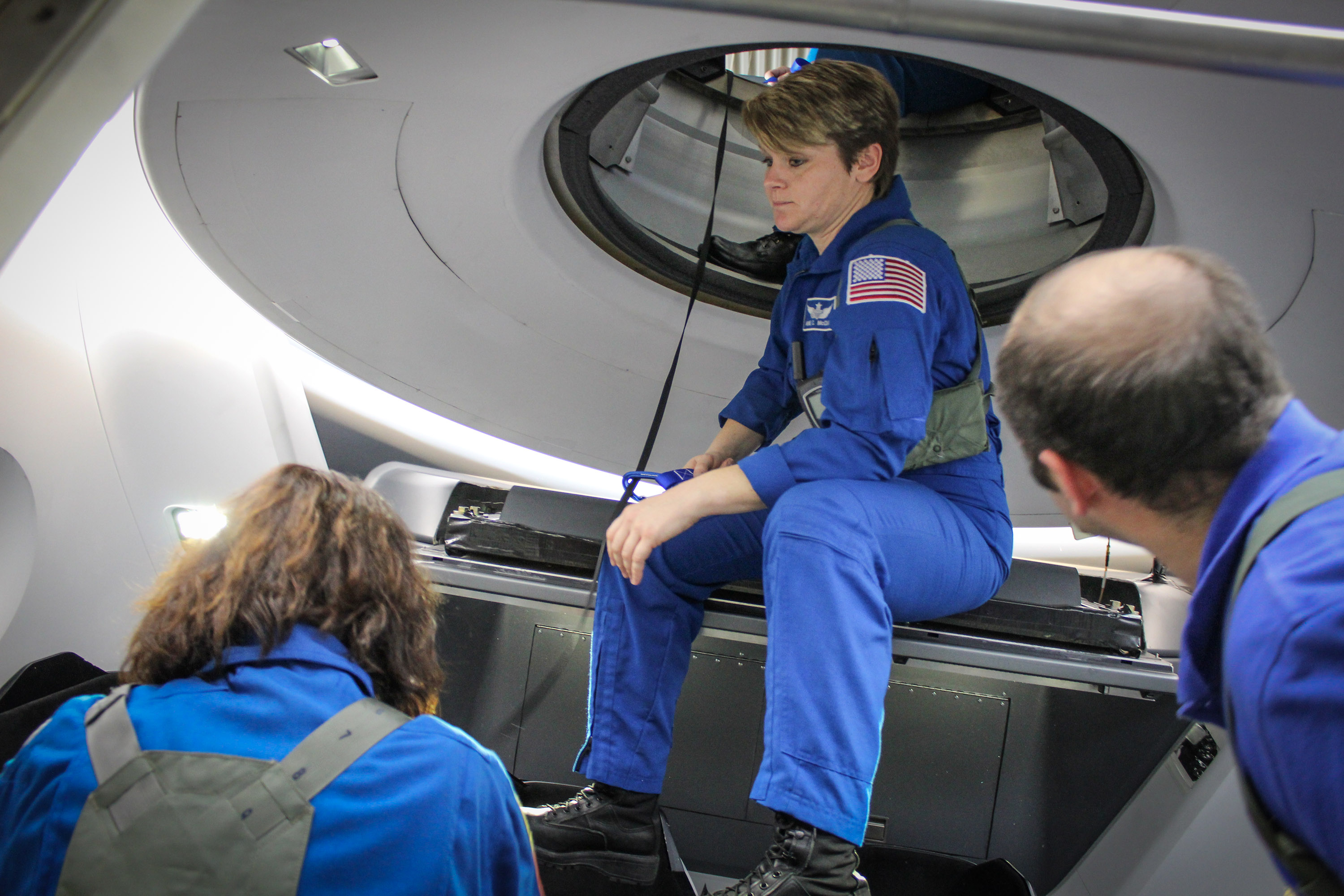
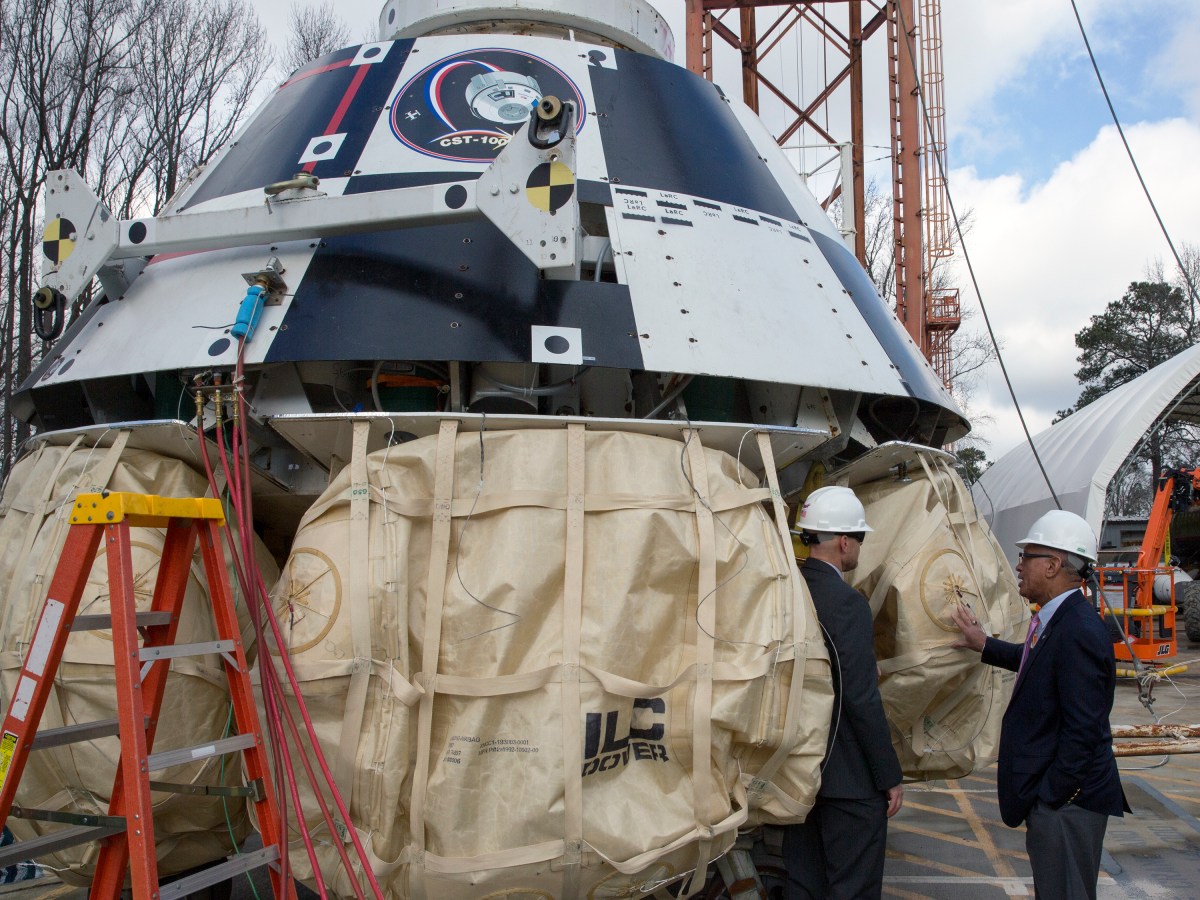


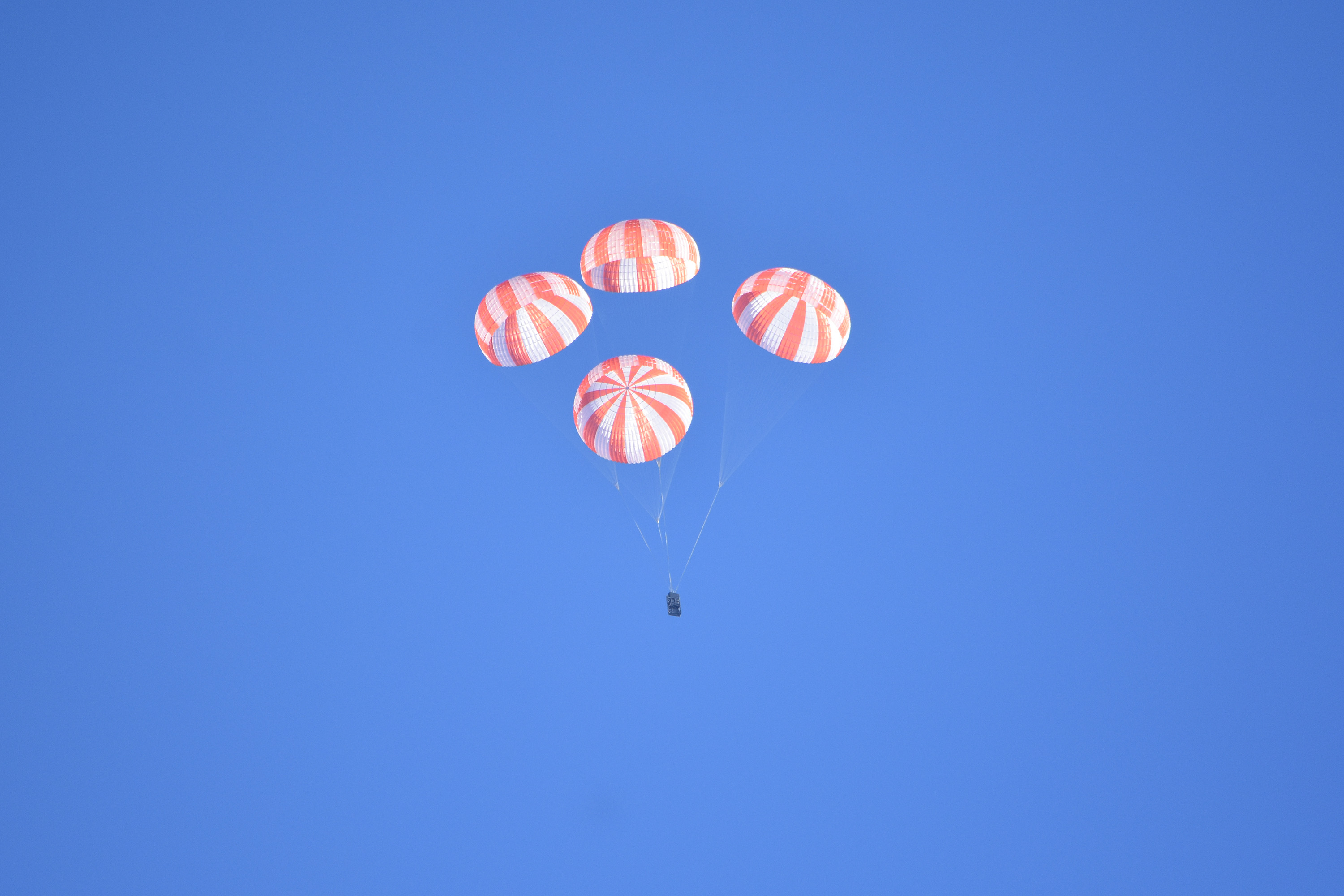

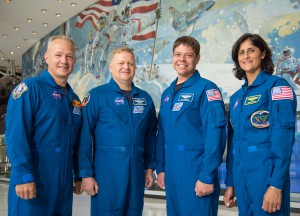 NASA’s Commercial Crew Program and its aerospace industry partners Boeing and SpaceX are on the eve of America’s return to human spaceflight launches. By the time the year closes, Boeing’s CST-100 Starliner and SpaceX’s Crew Dragon will be poised for the flight tests that allow our astronauts to travel to the International Space Station lifting off from Florida’s Space Coast.
NASA’s Commercial Crew Program and its aerospace industry partners Boeing and SpaceX are on the eve of America’s return to human spaceflight launches. By the time the year closes, Boeing’s CST-100 Starliner and SpaceX’s Crew Dragon will be poised for the flight tests that allow our astronauts to travel to the International Space Station lifting off from Florida’s Space Coast.